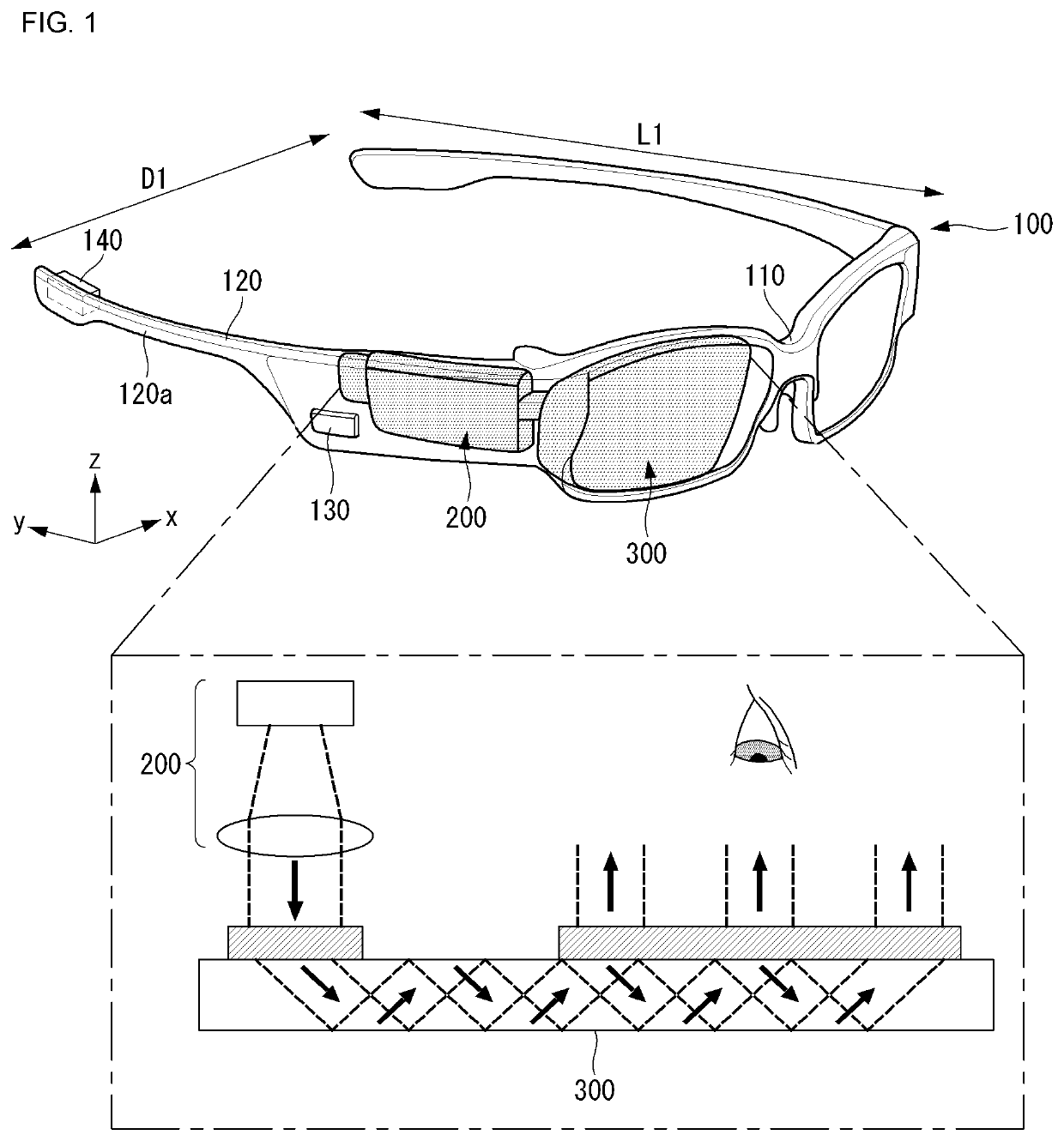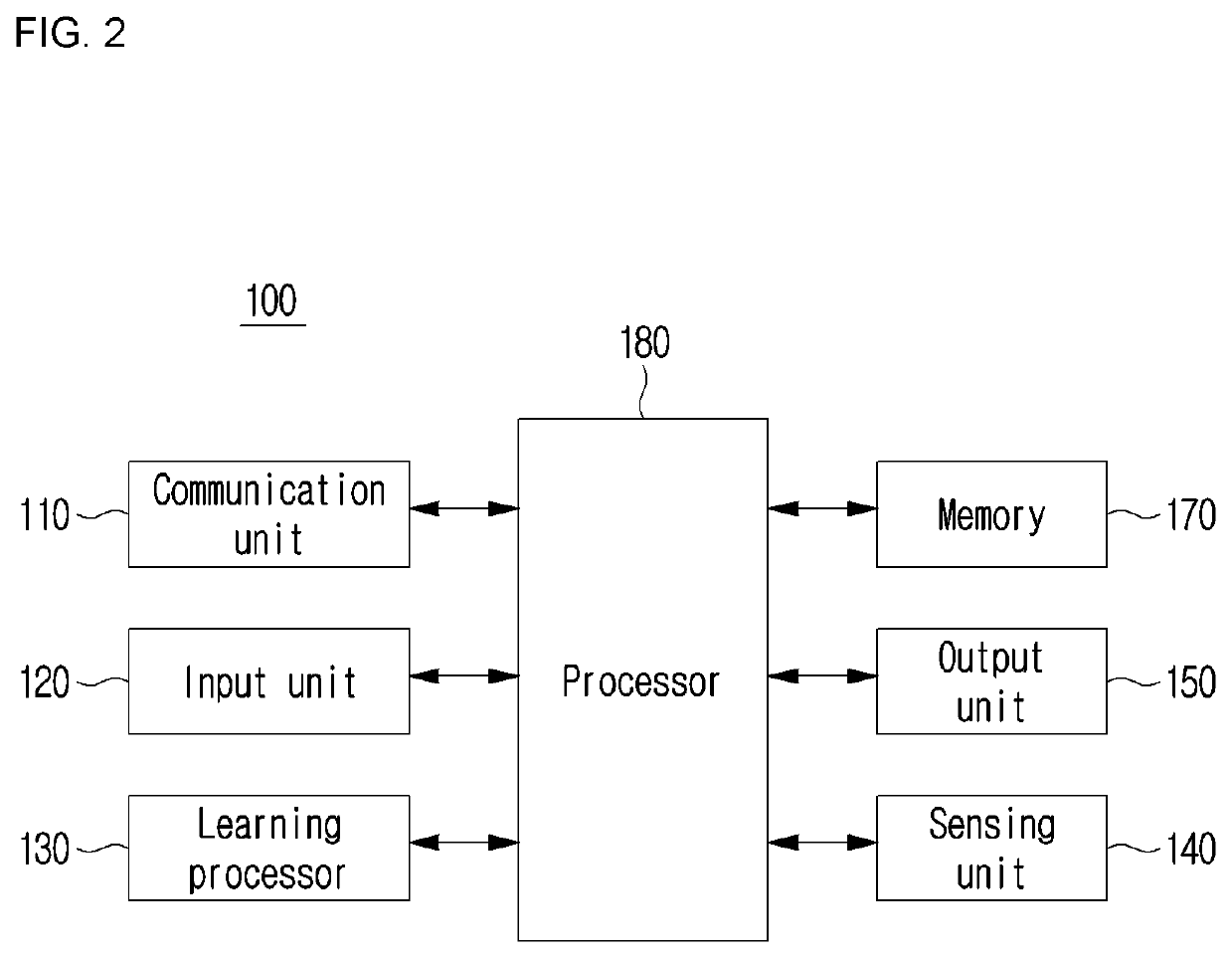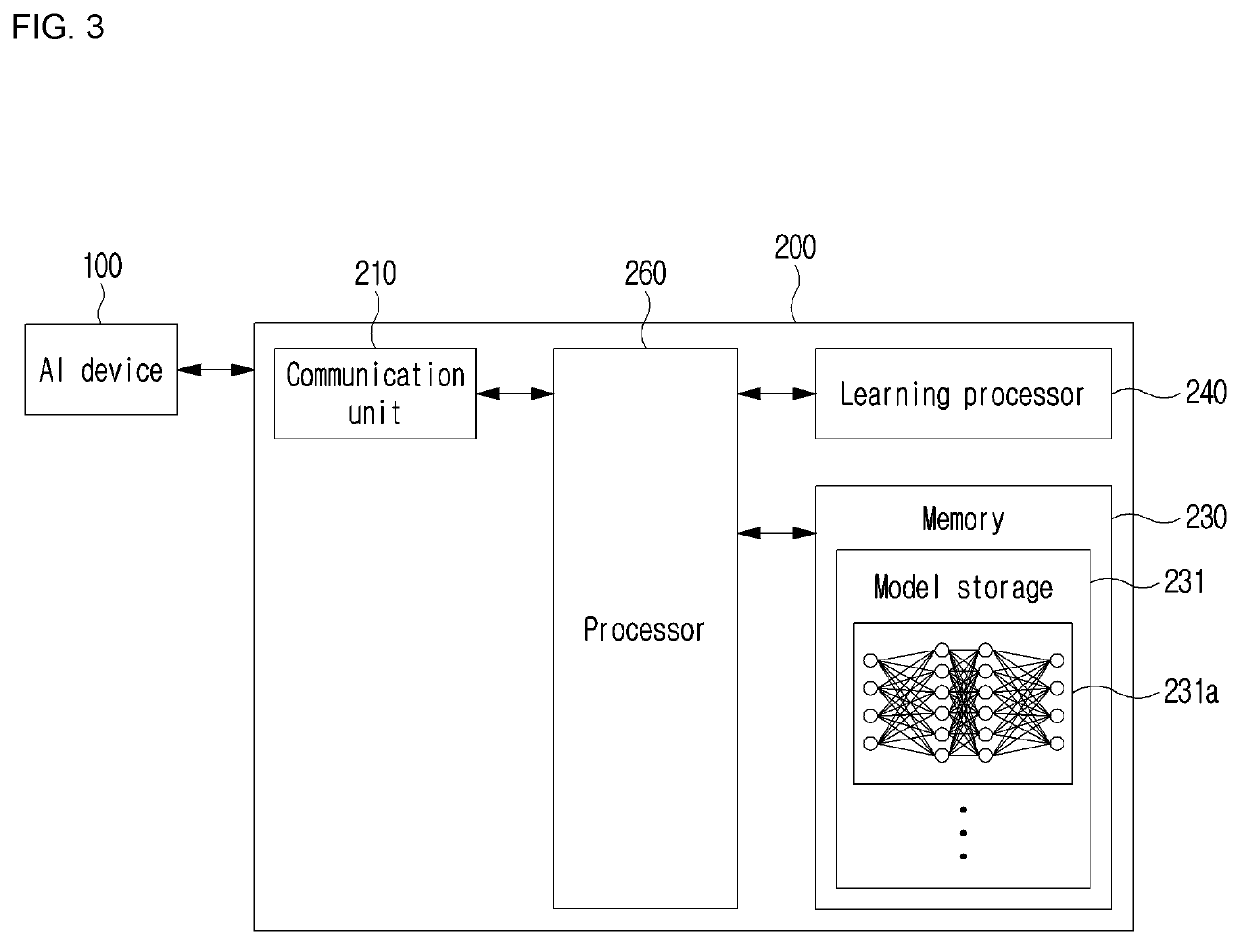Method for transmitting and receiving uplink data by using pur in wireless communication system, and device for same
a wireless communication system and data transmission technology, applied in the field of wireless communication systems, can solve the problems of user demand for high-speed services, shortening resources, etc., and achieve the effect of reducing battery consumption and maintaining the complexity of the terminal
- Summary
- Abstract
- Description
- Claims
- Application Information
AI Technical Summary
Benefits of technology
Problems solved by technology
Method used
Image
Examples
first embodiment
[0437]The first embodiment relates to a method for a UE operating in an idle mode (hereinafter referred to as an “idle mode UE”) to perform an SPS operation. In this case, in order to perform the SPS operation in the idle mode, the UE should store the RRC configuration and the like. Therefore, the operation proposed in the first embodiment can be applied when a specific UE is indicated to postpone RRC connection in the RRC_connected state and moves to the RRC_Idle state. Although the method mentioned in the first embodiment is described based on NB-IoT, it is natural that it can be applied to other systems as well as eMTC. Among the terms used in the methods proposed in the present disclosure, deactivation has the same meaning as ‘release’ described or defined in 36.213.
[0438](Method 1): Configuration by RRC and (Re-)Activation / Deactivation / Retransmission by Signaling / DCI
[0439]Method 1 is similar to the SPS operating in the connected mode, and transmits the UE-specific SPS-relate...
fourth embodiment
ce with RACH Procedure
[0505]It is desirable for the UE entering the RRC idle state to save power as much as possible. However, in this case, because oscillator drift of the UE occurs, it may be difficult to ensure a good TA. Therefore, considering how the TA is well guaranteed without consuming power periodically, a method of operating the configured resource based on the RACH procedure as shown in FIG. 13 may be considered.
[0506]FIG. 22 is a diagram illustrating an example of a resource configured by the RACH procedure proposed in the present disclosure.
[0507]First, the base station may configure a resource capable of requesting Idle mode SPS (IM-SPS) to the UE.
[0508]First, to UEs configured in the RRC connected state and moved to the RRC idle state, the base station may indicate the NPRACH preamble for the IM-SPS trigger through SIB or RRC signaling. Characteristically, the corresponding NPRACH preamble can be configured to be indicated as one of contention based random access (CB...
second embodiment
eration
[0644]Among the methods proposed in the first embodiment, methods that can be used even in a connected mode can be basically applied. Meanwhile, the existing connected mode SPS is applied to LTE / eMTC, etc., and SPS for BSR is introduced in NB-IoT. If an SPS for unicast use is introduced in NB-IoT, the following details may be considered.
[0645](Dynamic Grant-Based Deactivation)
[0646]Since the connected mode UE is always monitoring the USS, (re-)activation / deactivation / retransmission, etc. may be indicated from the base station using a search space such as dynamic grant.
[0647]Here, the base station may be configured to indicate dynamic grant-based deactivation, and this dynamic grant-based deactivation may be divided into whether or not deactivation is indicated according to an NPDSCH / NPUSCH transmission / reception timing according to the dynamic grant and an NPDSCH / NPUSCH transmission / reception timing according to the SPS grant.
[0648]If the NPDSCH / NPUSCH transmission / reception ...
PUM
 Login to View More
Login to View More Abstract
Description
Claims
Application Information
 Login to View More
Login to View More - R&D
- Intellectual Property
- Life Sciences
- Materials
- Tech Scout
- Unparalleled Data Quality
- Higher Quality Content
- 60% Fewer Hallucinations
Browse by: Latest US Patents, China's latest patents, Technical Efficacy Thesaurus, Application Domain, Technology Topic, Popular Technical Reports.
© 2025 PatSnap. All rights reserved.Legal|Privacy policy|Modern Slavery Act Transparency Statement|Sitemap|About US| Contact US: help@patsnap.com



